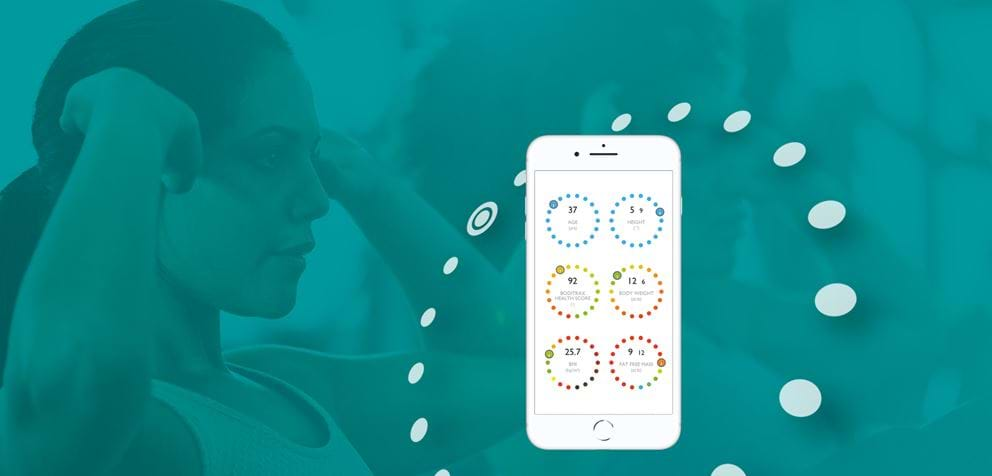Body composition scans: what can they do for me?

Body composition scanners are a relatively new piece of equipment for me and I have been really impressed with how useful it can be for members, personal trainers & their clients – I thought I’d share a bit of information on what it does & a few pros as to why I believe more gyms should have this technology available!
Nicola Briant - PT Leeds City Centre North

Having been through my own weight loss and fitness journey, I completely understand just how scary stepping on a scale can be. It can be so easy to get caught up with how much you weigh and forget other aspects of your health. I know that my clients, members and I have noticed big changes in our bodies but then stepped on a scale only to see the number stay the same or even go up. This often, at times, can leave you feeling confused, discouraged, or less motivated to reach the goals you set yourself. While measuring your weight can help to monitor your progress, this doesn't take into account other metrics which can indicate your health such as your body fat percentage and muscle mass.
The fantastic thing about body composition scanners, which are available at selected PureGyms, is that they measure 30 different body metrics in just 30 seconds, providing you with a much more detailed picture of where you are so it can be a really useful tool in measuring your progress.
“When you take a reading with the body composition scanner, it provides lots of information to indicate your health and fitness levels. It’s really easy to use and the scan takes no more than 30 seconds. I mainly use it to make sure I’m at or around the level of muscle mass and body fat that I try to maintain. I like how you can see previous results so it’s easy to track your progress.”
Andy, member at PureGym

The body composition scanner begins by weighing you, but then presents you with a display of all your own personalised data, such as your body fat percentage – which is much more indicative of your health than your weight. People often drop in body fat percentage when they start training, but as muscle weighs more than fat, you may even think you’ve gained weight when simply looking at the scale, when all you’ve done is gained muscle! The body composition scanner also gives you your muscle percentage, health score and metabolic age – all of which are further explained on the machine itself, if you’re interested in getting an in depth understanding of your health! These readings illustrate where your health is at in a much more holistic and detailed way which can't otherwise be taken by stepping on a generic scale.

My favourite (and I believe also one of the most underrated) features of the body composition scanner is the visceral fat reading. This tells you whether there is an excess amount of fat surrounding the vital organs. Even some slim people can have a high visceral fat reading, and it is the most important to understand and keep control over to keep yourself in good health!


As outlined above, you can see that these features are extremely informative. But how does this help members, myself and my clients? Well, more often than not – fitness or health professionals collect your data without you necessarily understanding it or having a way or checking it on your own regularly. Body composition scanners have empowered my clients and other members in the gym, allowing them to take responsibility for their own health and to further their own understanding of their bodies. It also is a quick and efficient way to keep my clients, members and myself on track every week, without being upset if we don’t “lose weight" because I’m able to see development in other areas! The best part? You can see all the results easily by logging on to their free app or on their website – so anytime you feel disheartened, you can just have a look and see just how far you’ve come.
Find out more about body composition scans here!
Check out related blogs:
Body fat percentage: what does it really mean?
Fitness tracking and why it's important


